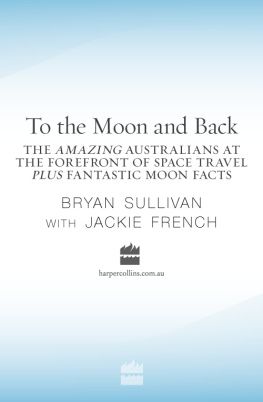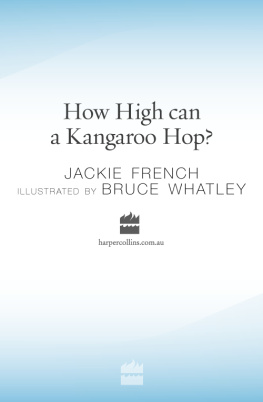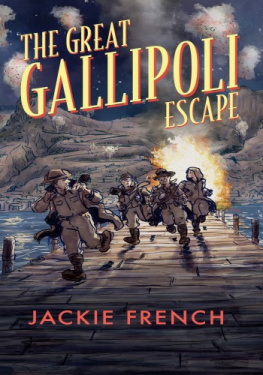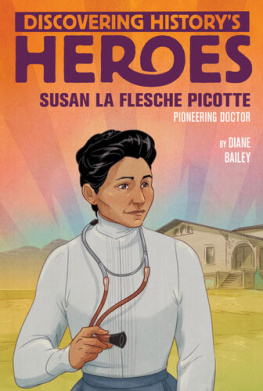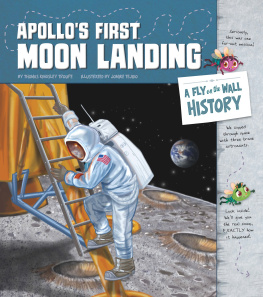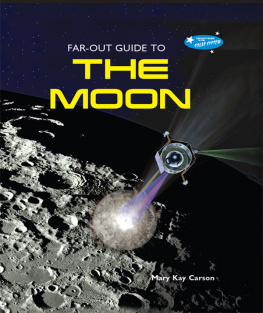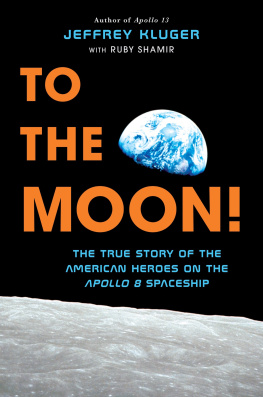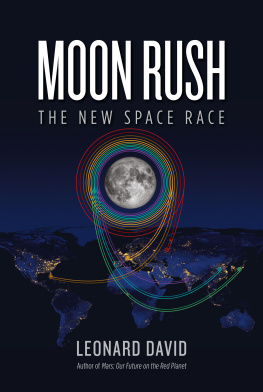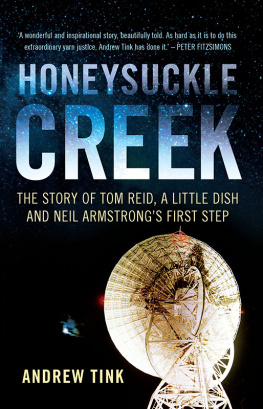To all the grandchildren of the team at Honeysuckle Creek Tracking Station

Our feet we know are firmly on the ground but our minds go soaring out in space. We keep the astronauts from harm by tracking all they do in any place. Computers whirr, and tape-recorders hum as further knowledge out in space they seek. Theres never any rest while flights are on for those who work at Honeysuckle Creek.
Shirley Gilkens
(Shirley is married to Henry Gilkens, computer technician at Honeysuckle Creek Tracking Station)
In 1969 I was 21 years old, and working as a physicist at the steelworks near Wollongong. I had been reading one science fiction story every day since I was about 14, so of course I was a great fan of the space program.
On 21 July 1969, I walked out of the central laboratories and crossed the bridge to the cafeteria on the other side of the six-lane highway that ran through the steelworks. My timing was perfect. I saw Armstrong jump down onto the surface of the Moon, and then both Armstrong and Aldrin walk on the Moon.
A few more decades would pass before I discovered how complicated each Saturn 5 rocket was, and how close to disaster each Apollo mission came. At that time, only constant on-the-run fixes got the astronauts to the Moon and back.
For example, the switch that controlled the rocket motor that would blast the Apollo 11 landing craft, Eagle, back into orbit was broken by the support backpack on one of the astronauts spacesuits. The internal workings of the switch were perfectly fine, but the toggle (the bit that you flicked up or down) was broken. The switch wouldnt work, even when they shoved the broken toggle into the hole. It had been decided that the astronauts carry no general tools on board the Eagle in order to save weight.
The solution to their dilemma was brilliant.
The astronauts had ballpoint pensspecially made to work in zero gravityknown as Fisher Space Pens. The cartridge inside the pen was filled with dry nitrogen gas (at 4 atmospheres of pressure) that pushed coloured glue, not ink, past the ball out of the nozzle and onto the page. The astronauts unscrewed the Fisher Space Pen and inserted the cartridge into the hole where the toggle used to be.
The replacement switch worked perfectly, and the astronauts were able to take off from the surface of the Moon.
This book gives fascinating insights into the part Australian technicians played in getting the astronauts to the Moon and back. I wish a book like this were available during the time of the Moon landings, so that I had a better understanding and appreciation of what went on.
Dr Karl Kruszelnicki
INTRODUCTION
The Emu in the Sky
True stories have many beginnings.
Perhaps the story of Honeysuckle Creek and of mans journey to the Moon began more than 40,000 years ago, when the Aboriginal people who lived near what would one day be called Honeysuckle Creek gazed up each night between the hills at the Emu in the Sky.
When we look up at the night sky we see lines of stars dotted across the blackness. The stars form shapesOrions Belt, the Big Dipper and the Southern Cross. But the shape of the Emu in the Sky is formed from the dark spaces of the Milky Way, not from the stars. Its head is near the Southern Cross, its body stretches across Scorpio and, in winter, its legs reach to the horizon.
You can only see the Emu if you are far away from man-made lightin towns there are too many bright lights to see most of the stars, so the dark shapes between them are lost as well.
The Aborigines believe that what you see in the sky also influences what happens on Earth. When they observed the Emu in the Sky with its legs folded up under its body (or in our terms, the densest part of the Milky Way was rising), they knew that they would have lots of eggs to eat because male emus on Earth would then be sitting on their eggs.
Even today you can see Aboriginal rock-art emus near Honeysuckle Creek in the shape of the Emu in the Sky.
And still every month the full moon rises, round and golden, above the tiny creek among the treeswhere there was once a space tracking station that followed the journey of the men who travelled to the Moon.
HOW WAS THE MOON FORMED?
The asteroid collision that helped wipe out the dinosaurs was only a hiccup compared to the collision that made the Moon 4.5 billion years ago! The Earth was still molten then. In fact it wasnt really the Earth as we know it today, but a proto-Eartha planet only half the mass it is now. However, it was rapidly getting bigger as it gobbled up rubble that had condensed from the dust cloud swirling around the young Sun.
A rival planet was also orbiting the Sun dangerously close to our proto-Earth. This giant blob was about one-third the size of Earth. Both were hot, turbulent places with molten rock mantles wrapped around ferocious dense cores of liquid iron.
One day the two planets collided, spewing enough dust, rock and vapour into orbit to form a broad ring about 12,000 kilometres above Earth. The Moon was formed from the outer edge of the ring of dust and rock while the inner part of the ring fell back to Earth. The new Moon then slowly swung further out into orbit about 380,000 kilometres from Earthwhich is where it is now.
How do we know? Why couldnt the Moon have been formed from giant swirls of matter spat out by a madly turning early Earth?
The answer is iron. When the two giant bodies collided their heavy molten iron cores melted together, while part of the rocky outer parts splashed out to make the Moon. So now 30 per cent of the Earth is iron, but iron only makes up two per cent of the Moon. If the Moon had been made from the same material as the whole Earth, it would have a similar percentage of iron and other matter.
It all probably happened very fasta few hours for the two planets to collide, a few weeks for the present Earth to form from what had been two mini planets, with a young Moon orbiting about 20,000 kilometres away.
That ancient Earth was still much smaller than our Earth is now. It took about 50 million years of more asteroid and meteor collisions to make the Earth and the Moon the actual sizes they are now. The close presence of the Moon

and its gravity gradually slowed down the madly spinning Earth giving us the comfortable 24-hour day we now have.
Most other planets have moons that are tiny compared to oursour Moon is about one-quarter the size of Earth. Having a big moon close by stops Earth from wobbling around too much on its axisgiving us regular seasons with no wild climate swings.
CHAPTER 1
The Space Race
There was another beginning, of coursein 1961when the young American President, John F. Kennedy, promised that the United States would land a man on the Moon and return him safely to Earth before the end of the decade.
Human beings had already gone to the Moon, but only in our imaginations. Science fiction stories and comic strips had talked of colonising the Moon for decades. But most scientists and technicians thought that a journey to the Moon was still decades awayif it was possible at all. How could a human being possibly survive the cold, the vacuum of space, and the massive forces needed to lift a spacecraft off this planet?
Those were the days of the Space Racethe competition between the United States and the USSR (Union of Soviet Socialist Republics) to dominate space for world supremacy and power. But there was more to it than that. Behind the vast amounts of money poured into the Space Race by the two superpowers there lay dreams and ideals.

